The Neighborhood Gardener September 2024
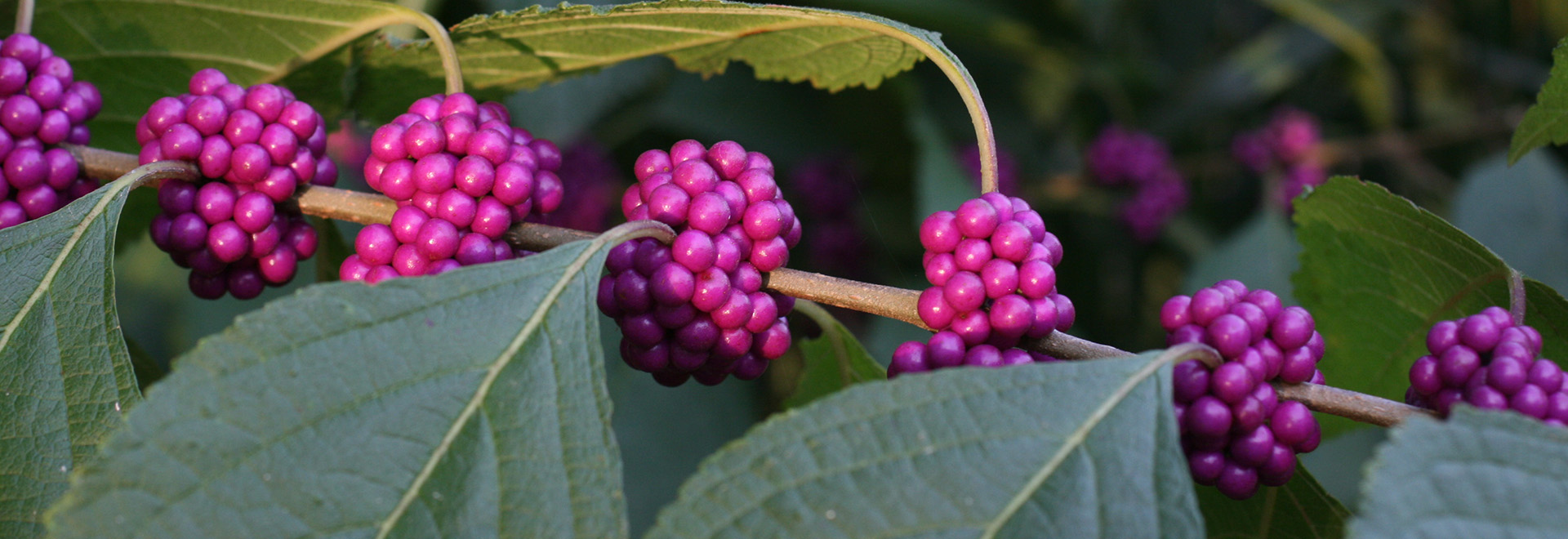
The autumnal equinox is Sunday, September 22. Happy almost-fall, gardeners!
Fresh off the Vine: Muscadine Grapes
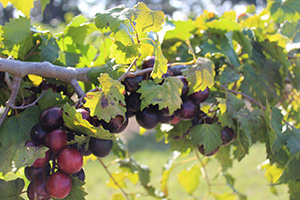
If you enjoy the sweet, juicy nature of grapes and want to have access to these fruits in your backyard, then the muscadine grape is a noteworthy candidate. Native to the southeastern United States, muscadine grapes are enjoyed straight off the vine or in jellies, juices, and wines. Their nutrient-dense skin and relative resistance to pests and diseases make muscadine grapes a healthy, low-maintenance fruit suitable for Florida gardens. Learn more about growing Vitis rotundifolia in your home garden.
Culinary Herbs to Plant This Fall

Herbs are nature’s contribution to culinary delights, used widely around the world to add bold, savory, sweet, or spicy flavors to a dish. Herbs also hold cultural significance—the aroma might elicit memories of family traditions and recipes passed down from generations. When those herbs are homegrown, they can instill a connection to nature and serve as a sustainable and cost-effective alternative to store-bought herbs. Gardening Solutions has several herbs to add fall flavor to your cooking.
Plant This, Not That – Part Two
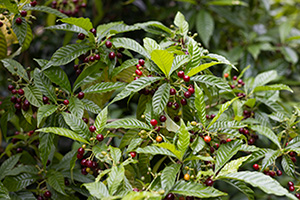
You might be surprised to know that some plants commonly found in Florida landscapes are actually invasive. “Invasive” is a specific term and refers to nonnative plants that cause, or are likely to cause, environmental or economic harm, and/or harm to humans. Many of these plants were brought to Florida as ornamentals, but they can quickly take over and even damage nearby natural areas. Replace them with Florida-Friendly alternatives that not only look great, they’ll be better for the environment. Gardening Solutions has four more plants to swap in for invasives.
Wendy’s Wanderings
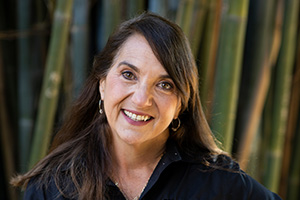
During a recent trip with Master Gardener Volunteers to a Chinese garden, we couldn’t help but chuckle at a few potted plants we encountered. Nestled beside a stunning pond filled with lotus and water lilies, one pot featured a plant that, at first glance, resembled miniature water lilies. However, upon closer inspection, we realized it was one of Florida’s top problem plants—dollarweed! But this lawn weed looked surprisingly charming as it spilled over a celadon ceramic container. Most visitors walked by, unaware of the challenges posed by Hydrocotyle spp. in Florida gardens. It served as a reminder that a “weed” is simply a plant growing in the wrong place—and that, in the right setting, even a troublesome plant can be seen as a welcome addition to a garden. After all, beauty is in the eye of the gardener.
Plant of the Month: Florida Anise
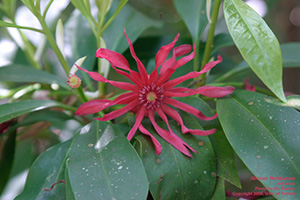
Florida anise offers some diversity to the landscape outside of traditionally used shrubs. This native shrub is low-maintenance and sports showy blossoms. Perfect for a woodland setting, this less-common evergreen is well adapted to Florida conditions and rarely experiences disease or pest problems. Florida anise (Illicium floridanum) grows along the coastal plain, from Florida to Louisiana. It works well as a hedge or barrier plant, with dense foliage and reaching heights of 10 to 15 feet and a spread of 6 to 10 feet. Resistant to grazers such as insects and deer, Florida anise has simple olive-green leaves and in the spring produces small star-shaped maroon flowers, adding a unique pop of color. Learn more about this underutilized native shrub.
September in Your Garden
It’s still hot out, but September brings the promise of cooler temperatures. In addition to planting fall vegetables and herbs, consider switching your summer flower beds up to add some fall color with salvia, gaillardia, or marigolds (pictured). Continue to monitor the lawn; pests such as fall armyworms, chinch bugs, and sod webworms are still active.
For more month-by-month gardening tips, check out the Florida Gardening Calendar. Three different editions of the calendar provide specific tips for each of Florida’s gardening regions—North, Central, and South.
What’s Going On?
If your Master Gardener Volunteer program or Extension office is having an event, be sure to share it with us.
